Illegal Timber Imports
Regulations to stop illegal timber imports
The US operates some of the most stringent and regulated forestation practices in the world. The Lacey Act is a 1900 US law that banned trafficking in illegal wildlife. Its 2008 amendment became the world’s first ban on trade in illegally sourced wood products when it was updated to include plants and plant products such as timber and paper.
In Europe, the drive to stop illegal imports led to the original European Union Timber Regulation (EUTR). This placed legal obligations on operators (importers) to collect and demonstrate detailed due diligence. The same requirements are part of the new UK Timber Regulation (UKTR).
Importers are obliged to ensure there is ‘negligible risk’ of illegally- harvested timber entering their supply chains by carrying out a risk assessment. Even if the timber is known to be legally harvested, it would still be considered a breach if the importer cannot provide written evidence of compliance. Importers and exporters both need to ensure they have appropriate documentation to meet their obligations.
A key part of demonstrating compliance is chain of custody (CoC) certification. This provides full traceability of certified material from the forest to the final product. More on certification here. In practice, information from the manufacturer on origin beyond the country of harvest is required only when the operator’s ‘due diligence’ system indicates the risk of illegal harvesting varies between sub-national regions or between concessions within those regions.
Due diligence covers:
Information: The operator must have access to information describing the timber and timber products, country of harvest, species, quantity, details of the supplier and information on compliance with national legislation.
Risk assessment: The operator should assess the risk of illegal timber in his supply chain, based on the information identified above and taking into account criteria set out in the regulation.
Risk mitigation: When the assessment shows that there is a risk of illegal timber in the supply chain, that risk can be mitigated by requiring additional information and verification from the supplier.
For the risk assessment, operators can devise their own system although many prefer to use the services of an approved UK or EU monitoring organisation.
Useful sources of additional information
- Guidance for UK business & industry, Centre for Procurement Excellence in Timber, here.
- Good practice guide from the British Standards Institute (BSI) and the WWF-UK Global Forest & Trade Network (GFTN), download here.
- Timber and Timber Products and FLEGT (EU Exit) Regulations 2018 (here) ensures the principles of continuity between the EUTR and the UKTR.
